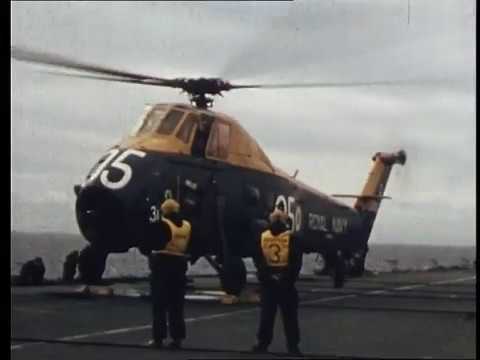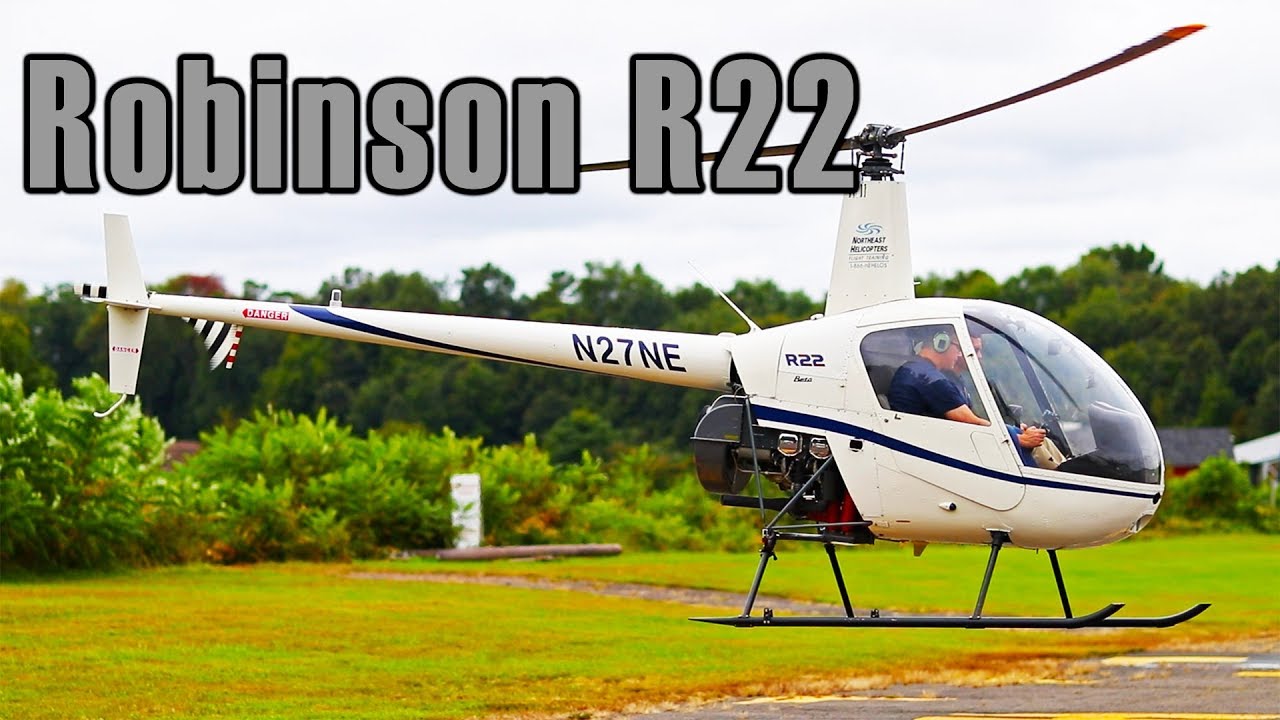The History of the Westland Wessex
The Westland Wessex is a significant helicopter in aviation history, primarily known for its role in the military and search and rescue operations. Developed by Westland Aircraft, the Wessex was a British-built, turbine-powered helicopter that originated from the American Sikorsky H-34. The transition to a turbine engine was a groundbreaking advancement, as it provided enhanced power and reliability over the piston engines used in earlier models. The prototype’s first flight in 1958 marked the beginning of a new era in rotary-wing aviation, where helicopters became more versatile and capable of performing a wide range of missions.
Production of the Westland Wessex began in the early 1960s, and it quickly became a staple in the Royal Navy and Royal Air Force fleets. Its robust design and adaptability made it ideal for various roles, including anti-submarine warfare, troop transport, and medical evacuation. One of the key features of the Wessex was its ability to operate in adverse weather conditions, which was crucial for the challenging environments encountered during military operations. Over time, several variants were developed to meet specific operational requirements, each iteration incorporating technological advancements to improve performance and functionality.
In addition to its military applications, the Westland Wessex played a vital role in civilian operations, particularly in search and rescue missions. Its reliability and capacity to carry multiple passengers made it an excellent choice for emergency response teams. The helicopter’s distinctive design, characterized by its large rotor and robust airframe, allowed it to perform efficiently in high-stress situations, often making the difference between life and death during critical rescue operations. The Wessex continued to serve various organizations worldwide for decades, cementing its legacy as a versatile and dependable aircraft in the history of aviation.
Technical Specifications of the Westland Wessex
The Westland Wessex, a British-built helicopter, was renowned for its versatility and robust performance. Engineered with precision, the Wessex was powered by a single Rolls-Royce Gnome turboshaft engine, which was later upgraded to twin engines in subsequent models, enhancing its power and reliability. This upgrade allowed the helicopter to achieve a maximum speed of approximately 132 knots (152 mph, 245 km/h), making it an agile asset in both military and civilian operations. The twin-engine configuration not only improved speed but also significantly increased its payload capacity and operational range, making it a formidable tool for transport and search and rescue missions.
Dimensionally, the Westland Wessex stood out with its distinct design and structural capabilities. The helicopter measured approximately 65 feet (19.81 meters) in length, with a rotor diameter of 56 feet (17.07 meters). Its height was about 15 feet (4.57 meters), allowing it to operate efficiently in various environments, including tight and challenging terrains. The helicopter’s maximum takeoff weight was around 14,000 pounds (6,350 kilograms), demonstrating its substantial load-bearing capabilities. This combination of size and power ensured that the Wessex could transport up to 16 fully equipped troops or significant amounts of cargo, depending on the mission requirements.
The avionics and systems of the Westland Wessex were also noteworthy. It featured advanced navigation and communication systems for its time, which included radar and sonar equipment in certain variants, particularly those used for anti-submarine warfare. The helicopter was equipped with autopilot systems that aided in stability and control during complex maneuvers. Additionally, the Wessex had provisions for armaments such as torpedoes and machine guns, further broadening its operational scope. This made the helicopter a versatile platform for various roles, ranging from combat operations to humanitarian assistance.
Overall, the technical specifications of the Westland Wessex highlight its engineering excellence and adaptability. Its combination of powerful engines, substantial dimensions, and advanced avionics made it a key player in the fleets of many military and civilian operators around the world.
Operational Roles and Uses of the Westland Wessex
The Westland Wessex played a crucial role in various military operations, primarily serving as a versatile workhorse for the British armed forces. This robust helicopter was widely employed in anti-submarine warfare, thanks to its advanced sonar systems and the ability to carry torpedoes. The Wessex was adept at detecting and neutralizing submarine threats, making it an invaluable asset during the Cold War era. Its capacity to operate in adverse weather conditions and from the decks of ships further enhanced its utility in maritime operations.
In addition to its anti-submarine capabilities, the Westland Wessex was extensively used in troop transport and medevac missions. With the ability to carry up to 16 fully equipped soldiers or stretcher-bound casualties, it provided essential logistical support during military engagements. The helicopter’s sturdy design and powerful engines allowed it to operate in challenging environments, from the jungles of Southeast Asia to the rugged terrains of the Falkland Islands. The Wessex’s reliability and versatility ensured it was a key component in rapid troop deployment and casualty evacuation operations.
The Westland Wessex also found its niche in search and rescue (SAR) operations, particularly with the Royal Air Force and Royal Navy. Equipped with a winch and capable of hovering in difficult conditions, the Wessex was instrumental in rescuing stranded personnel and civilians in distress. Its deployment in SAR roles showcased its adaptability and effectiveness in life-saving missions, earning it a reputation as a dependable rescue helicopter. The combination of its operational range, payload capacity, and robust construction made the Westland Wessex an enduring asset in various military and humanitarian operations.
Legacy and Impact of the Westland Wessex
The Westland Wessex holds a prominent place in aviation history, having significantly shaped military and civilian operations throughout its service life. Introduced in the 1960s, this British-built helicopter quickly became a cornerstone for the Royal Navy and the Royal Air Force. Its versatility and reliability made it an indispensable asset in various roles, including anti-submarine warfare, search and rescue missions, and troop transport. The Wessex’s impact was such that it set a new standard for rotorcraft capabilities, influencing subsequent helicopter designs and operations.
The Wessex’s robust design and adaptability were pivotal during the Cold War, where it served as a frontline deterrent against submarine threats. Its advanced sonar and radar systems allowed for effective maritime patrols, thereby enhancing the Royal Navy’s operational reach. The helicopter’s ability to operate in adverse weather conditions further solidified its reputation as a dependable workhorse. Beyond military applications, the Wessex also made its mark in civilian sectors, including offshore oil support and emergency medical services, showcasing its adaptability across different industries.
In terms of technological advancement, the Westland Wessex was a pioneer. It was among the first helicopters to incorporate a gas turbine engine, which offered improved performance and reliability over traditional piston engines. This innovation not only extended the helicopter’s operational lifespan but also paved the way for future developments in helicopter engineering. The Wessex’s legacy is reflected in its continued influence on modern rotorcraft design, serving as a benchmark for performance and versatility. As a testament to its enduring impact, the Wessex remains a celebrated icon in aviation museums and historical exhibitions worldwide, symbolizing a significant era in helicopter evolution.
Preserved Westland Wessex Helicopters Around the World
The Westland Wessex, a British-built turbine-powered helicopter, has a rich legacy of service in both military and civilian roles. Today, numerous examples of this iconic aircraft are preserved across the globe, allowing aviation enthusiasts and historians to appreciate its historical significance. Preserved Westland Wessex helicopters can be found in various museums and aviation collections, each telling a unique story of its service life and contribution to aviation history.
In the United Kingdom, several museums proudly display the Westland Wessex, highlighting its crucial role with the Royal Air Force and the Royal Navy. The Fleet Air Arm Museum in Somerset and the RAF Museum in Cosford are notable examples where visitors can view these helicopters up close. Each exhibit is meticulously maintained, showcasing the helicopter’s design and technological advancements that were groundbreaking during its time of active service.
Beyond the UK, the Westland Wessex has found homes in international collections as well. In Australia, the Australian National Aviation Museum features a preserved Wessex, reflecting its service with the Royal Australian Navy. Similarly, in the United States, the Pima Air & Space Museum in Arizona houses a Wessex, providing insights into its operational history and versatility. These preserved helicopters serve as a testament to the global impact and legacy of the Westland Wessex, drawing visitors from around the world who are eager to learn about this remarkable aircraft.



